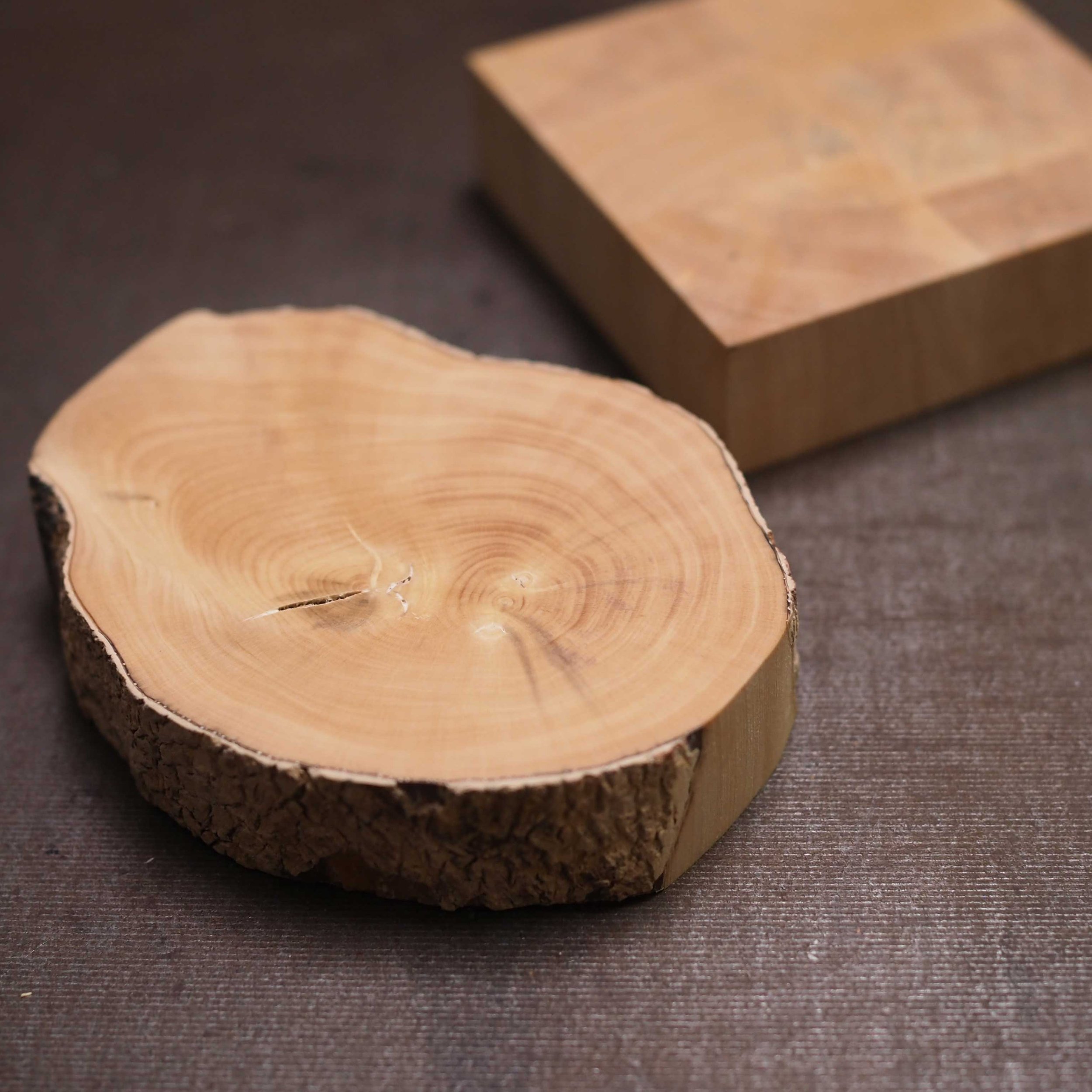
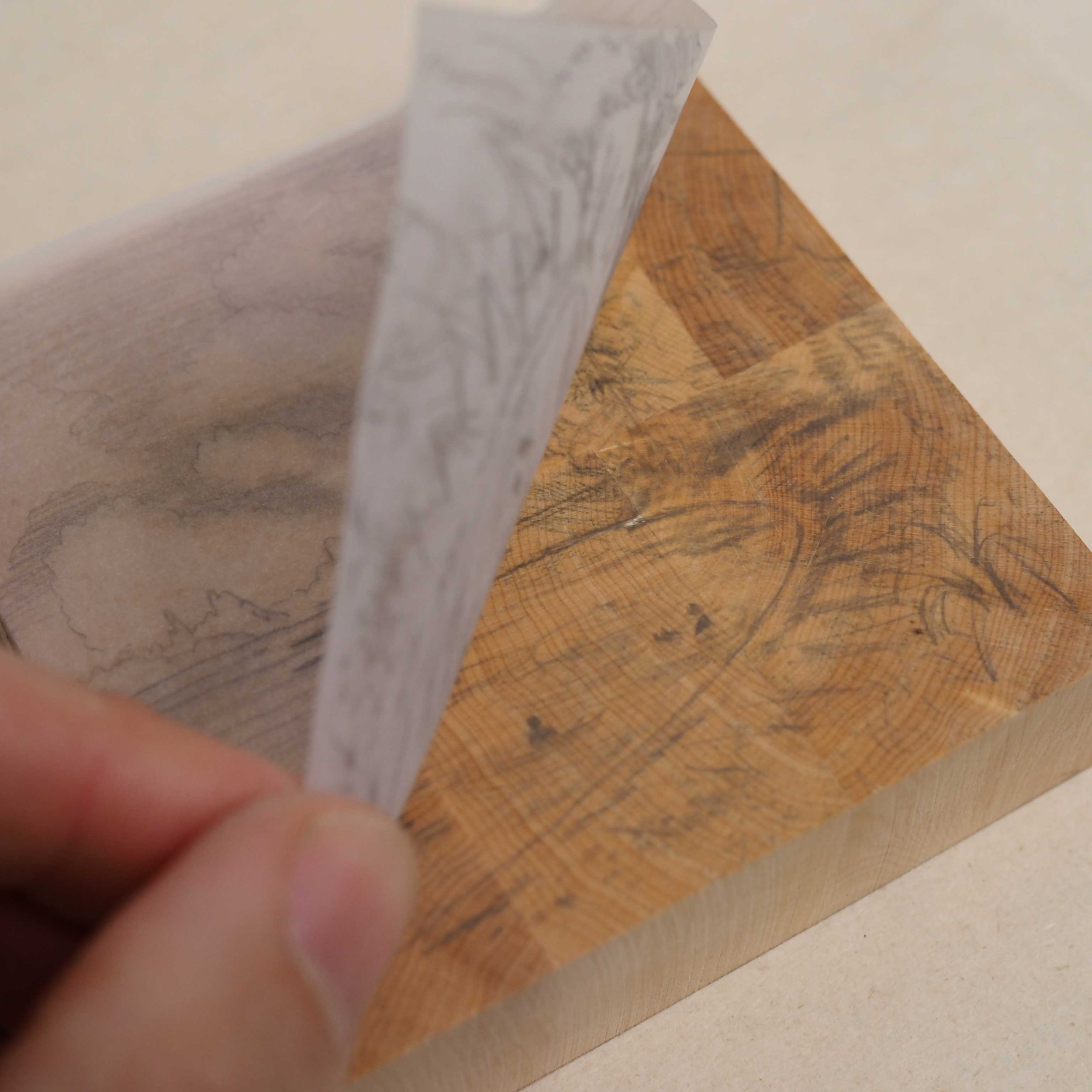
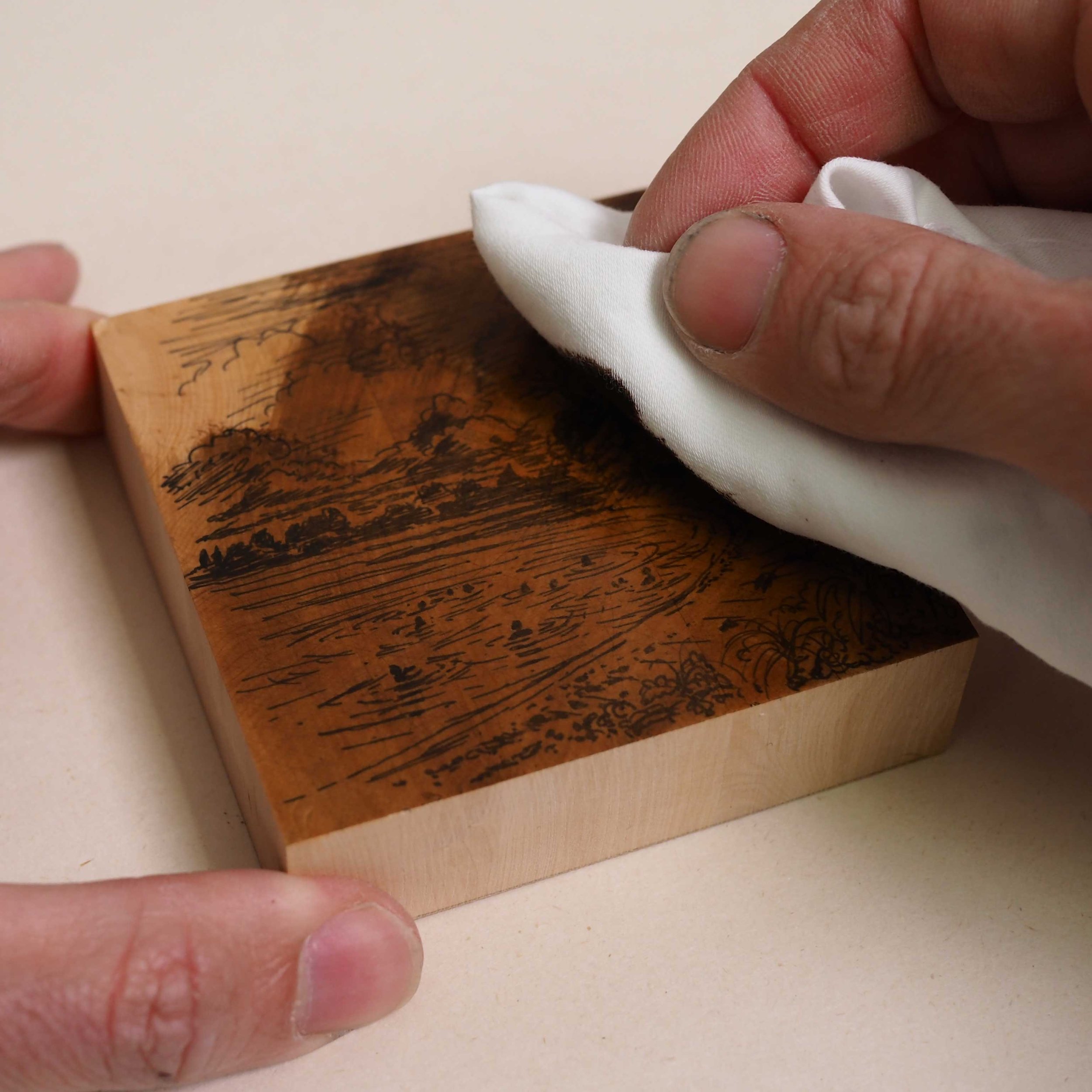
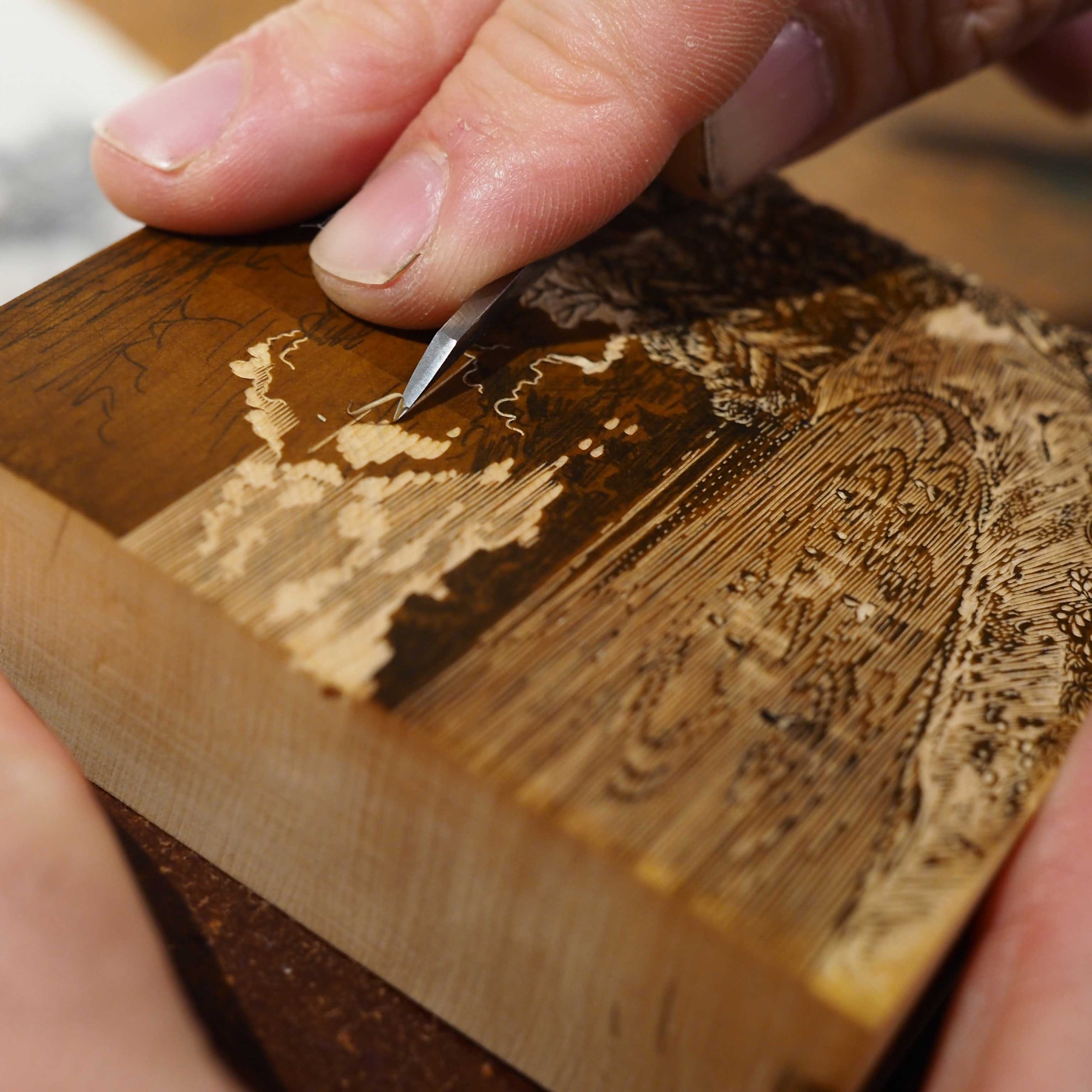
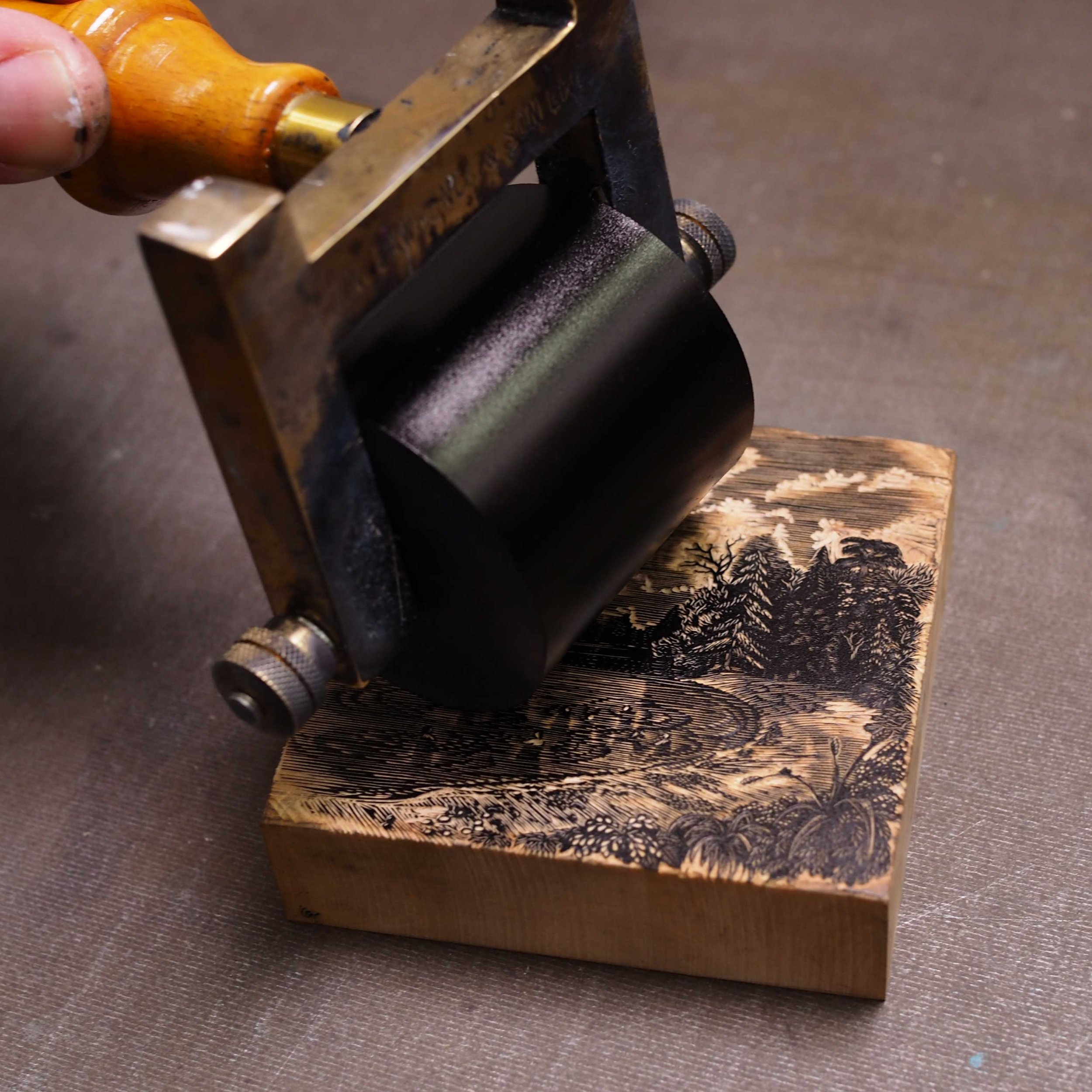

Wood engraving is at once the simplest and yet one of the most exquisite forms of printmaking. First, the reversed design is engraved into the mirror-smooth surface of a block of endgrain wood. Boxwood is the traditional choice, but many engravers use Lemonwood, Maple, or synthetic alternatives.
Next, the block is rolled up with ink and printed onto paper. The cuts engraved in the wood come out as white; the remaining top surface which gets inked, as black. The artist is, in effect, drawing with light – a white mark as opposed to the black mark that comes from a pencil, brush or pen.
Most wood engravings are closely worked and relatively small because the tools used are finely pointed. The finesse of the technique produces a rich tonal range, so wood engravings are usually, but by no means exclusively, black and white.
The resulting image can only be made by this particular process, just as paintings can only be made with paint, or photographs with a camera. Printmaking is a creative process: while many prints can be taken from the block once it is engraved, each of those prints is an original – made by that process, not copied.
Wood engravings appear both as fine art prints and in books. In gallery exhibitions, they are customarily ‘editioned’ prints, taken by the artists themselves from the woodblocks. This can be seen via the ‘fraction’ written on the print near the artist’s signature. 10/75 means the 10th print in an edition of 75.
‘Fine print books’, limited editions made to the highest standards with traditional hot-metal type, are frequently illustrated with wood engravings. These are printed direct from the woodblock set alongside the type, and are also original prints.
In all other publications artwork is scanned in, so what you see is a reproduction of a previously existing original. The crisp black-and-white of wood-engraved images still sits well with type and stands reduction or enlargement. From fine art, through editorial illustration and advertising, to packaging, wood engraving finds more applications in everyday life than most printmaking media.
Further information can be found in Wood Engraving: How to Do It by Simon Brett (Bloomsbury Visual Arts, 2018)
